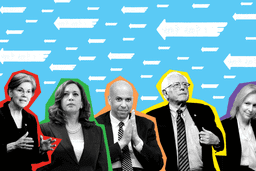
The value of the federal minimum wage in real inflation dollars has varied widely over the decades. It was about $4 when Congress created it in 1938, and it peaked in 1968 at about $10.50. Supporters of a higher minimum wage argue that it reduces inequality, benefits the working poor and stimulates job growth, since minimum-wage workers are likely to purchase much-needed (but previously unaffordable) goods and services with the extra income.
States are required to enforce the federal minimum unless their state legislature has enacted a higher one. The most recent increase in the wage — to $7.25 per hour — took effect in 2009. That baseline rate is used in 30 states. Last year, led by Iowa Sen. Tom Harkin (D), Congressional Democrats proposed legislation that would increase it to $9.80 over the course of two years. But any increase has no chance of becoming law while the GOP controls the House, so the only near-term hope rests with state legislatures.
At $9.19 per hour, Washington has the highest minimum wage. Oregon’s $8.95 per hour is the second highest. Bills that would have raised the bar to $10 or higher had strong support in the legislatures of Illinois and Massachusetts in 2012, but neither bill made it to the the floor for a vote.
The Economic Policy Institute (EPI) estimates that in Massachusetts, a $2 hike in the minimum wage would result in more than $800 million in additional wages to “directly and indirectly affected families,” and would create about 4,500 net new jobs. In Illinois, EPI notes, a minimum wage increase would “help working families hardest hit by the recession.”
Though Illinois and Massachusetts didn’t succeed in breaking the $10 wage barrier last year, supporters aren’t giving up. Last spring, the legislator who filed the bill in Massachusetts, Sen. Marc Pacheco (D), said that it might take at least a year to build enough support to pass it, signaling that he’s in it for the long haul.









